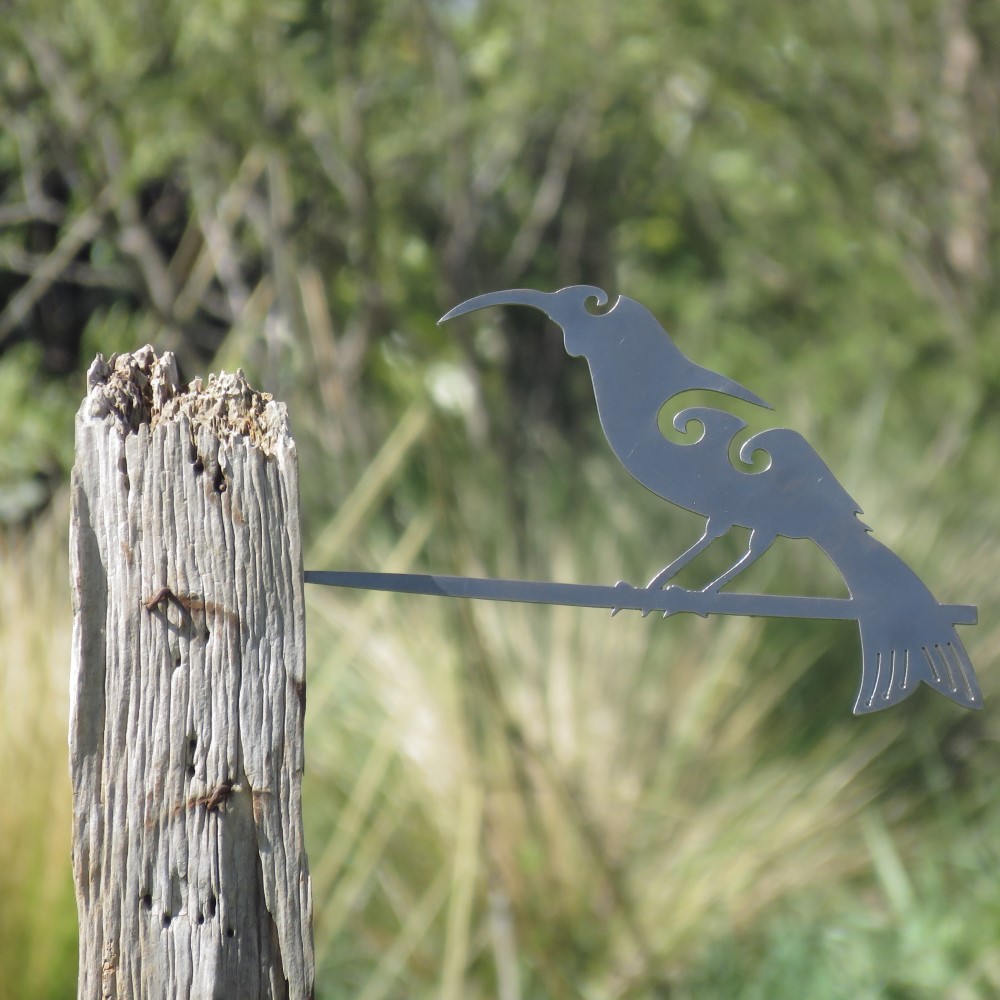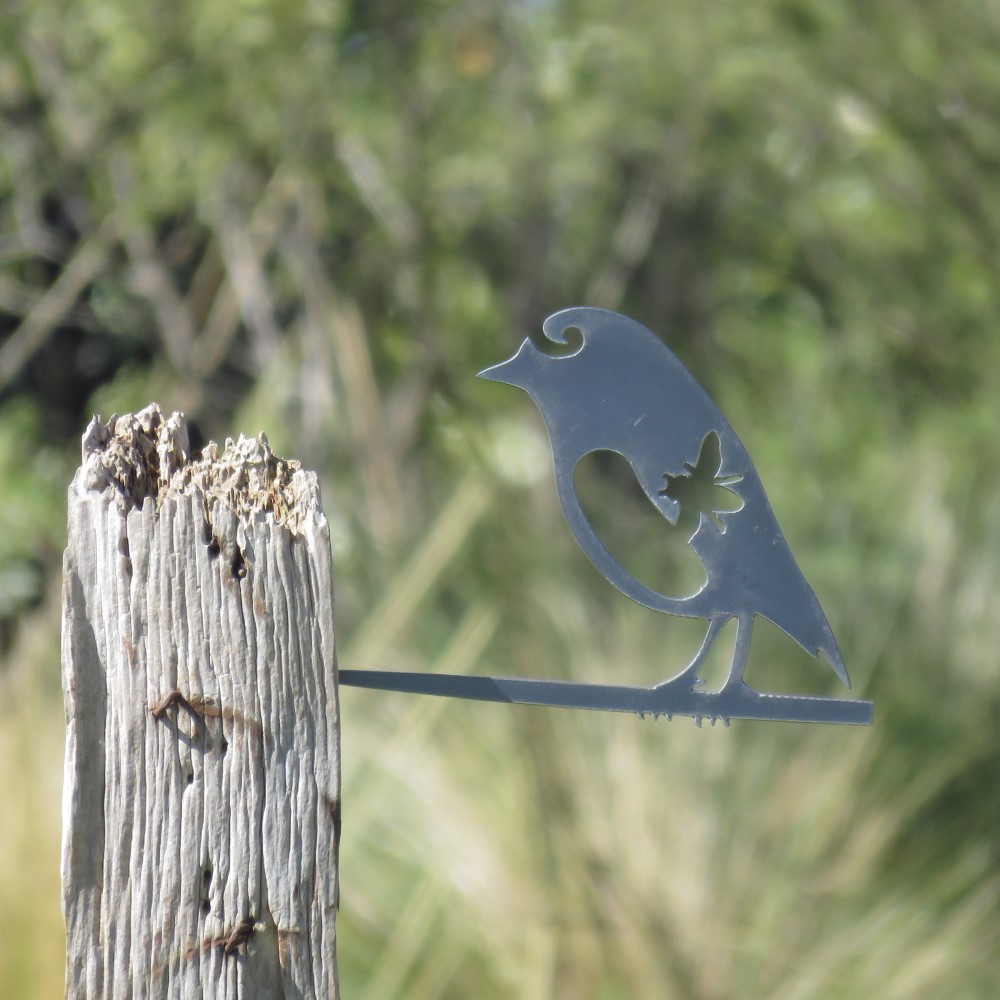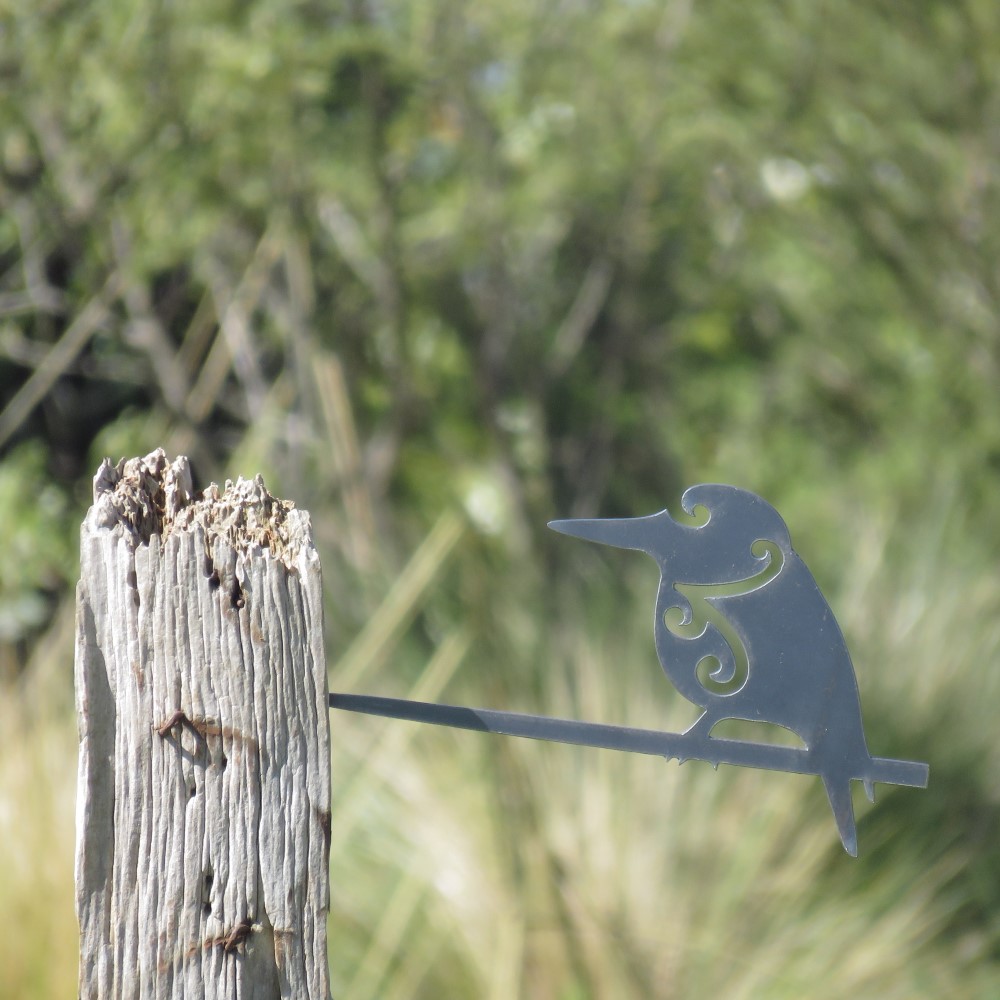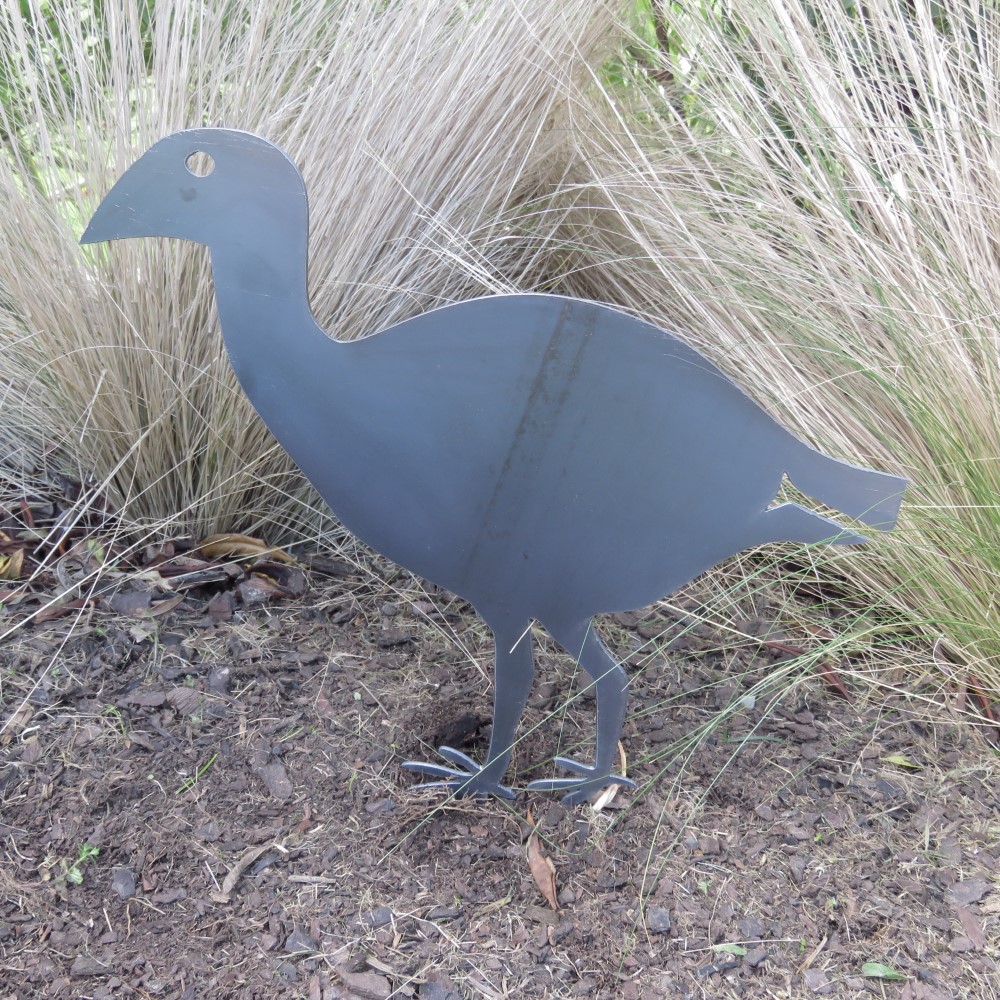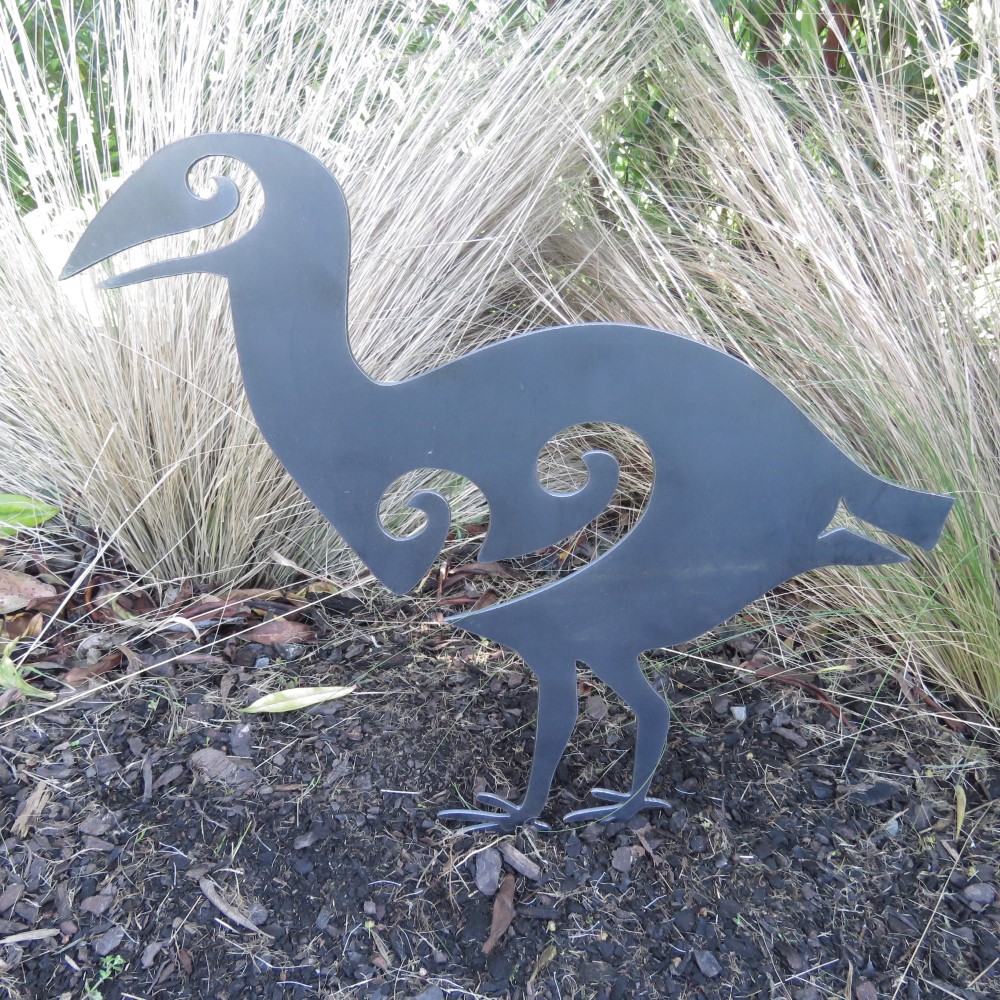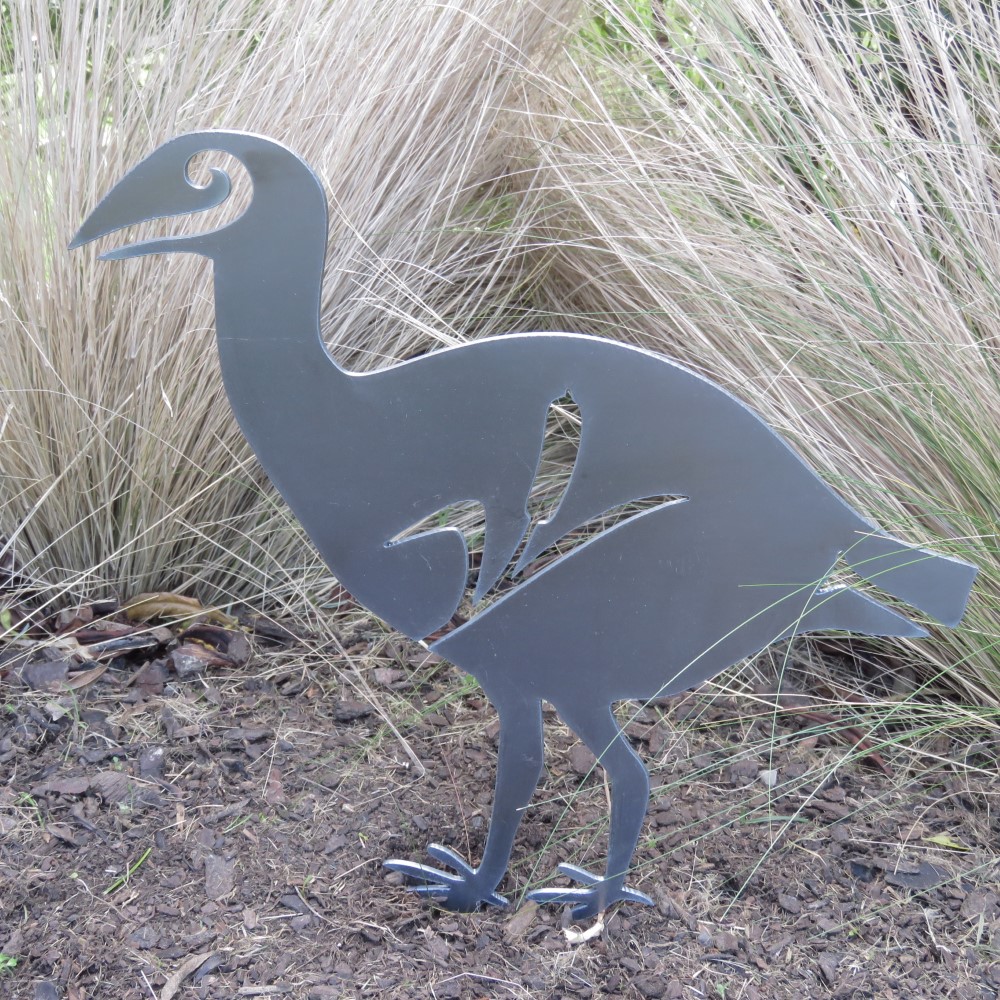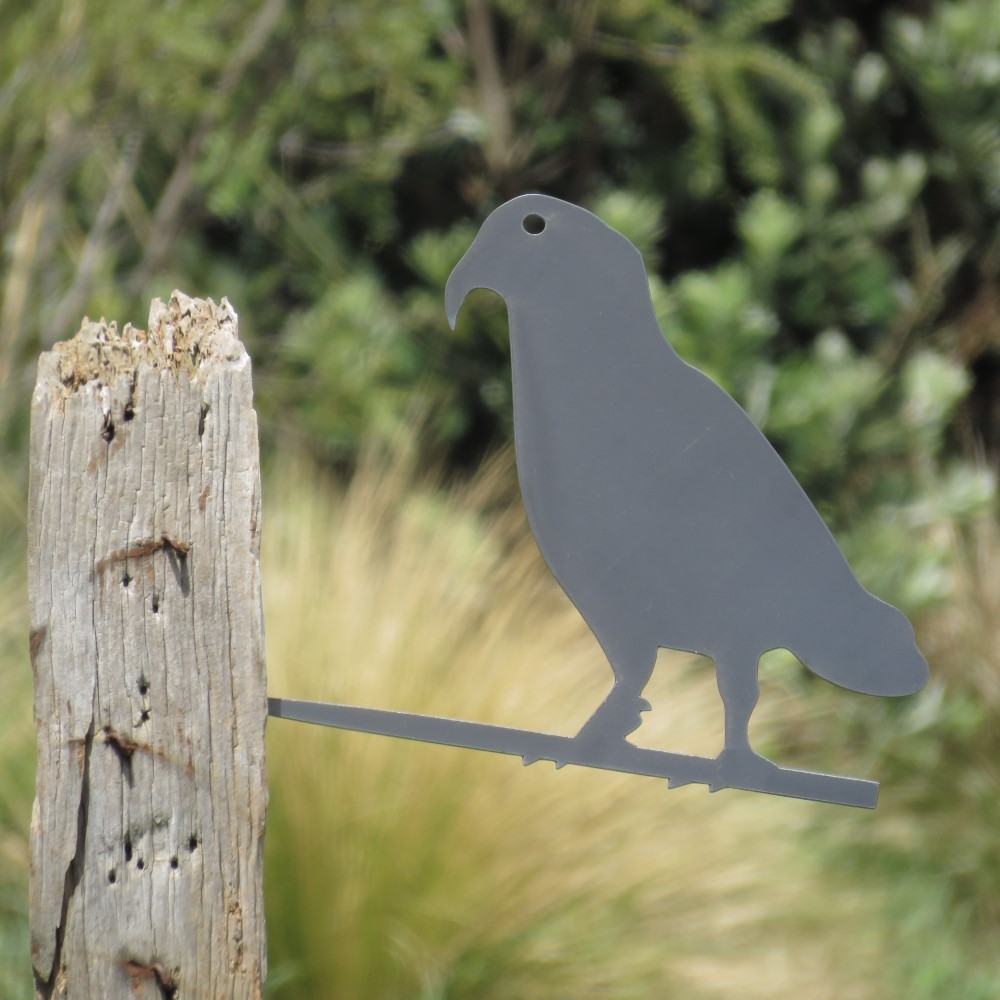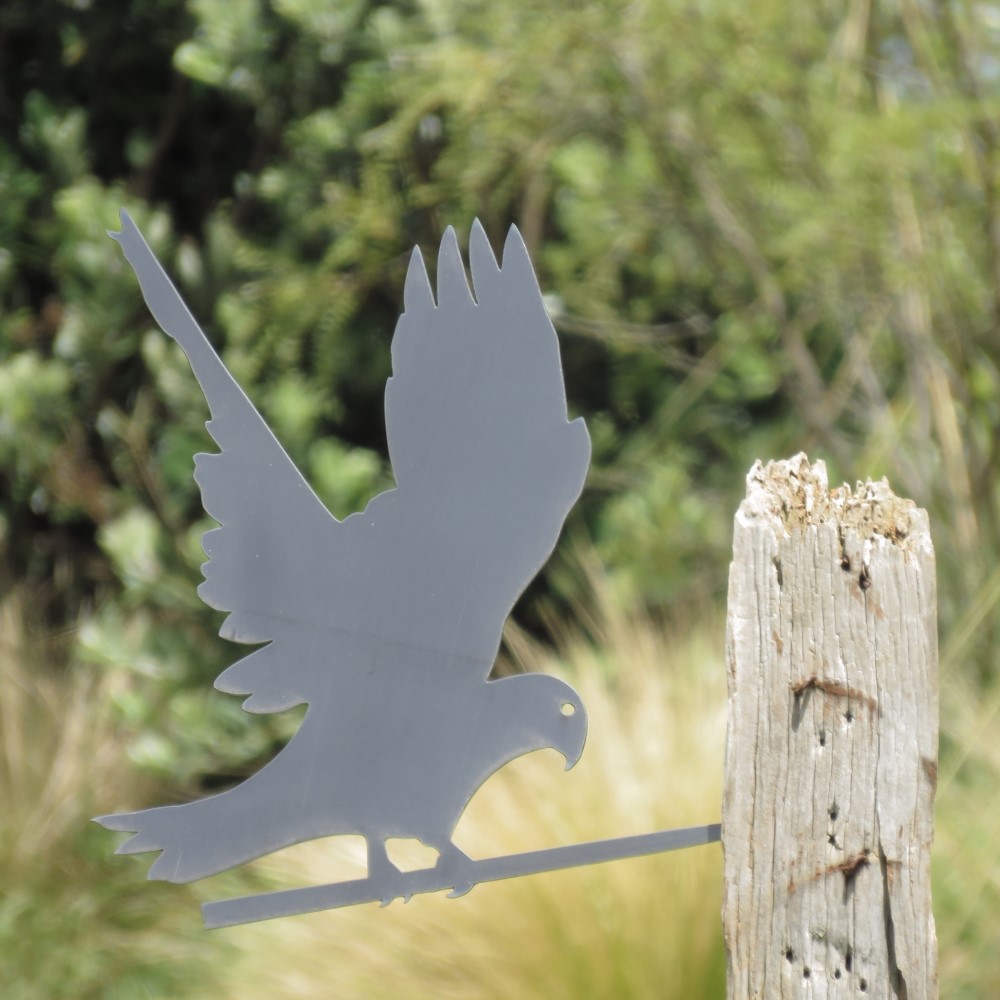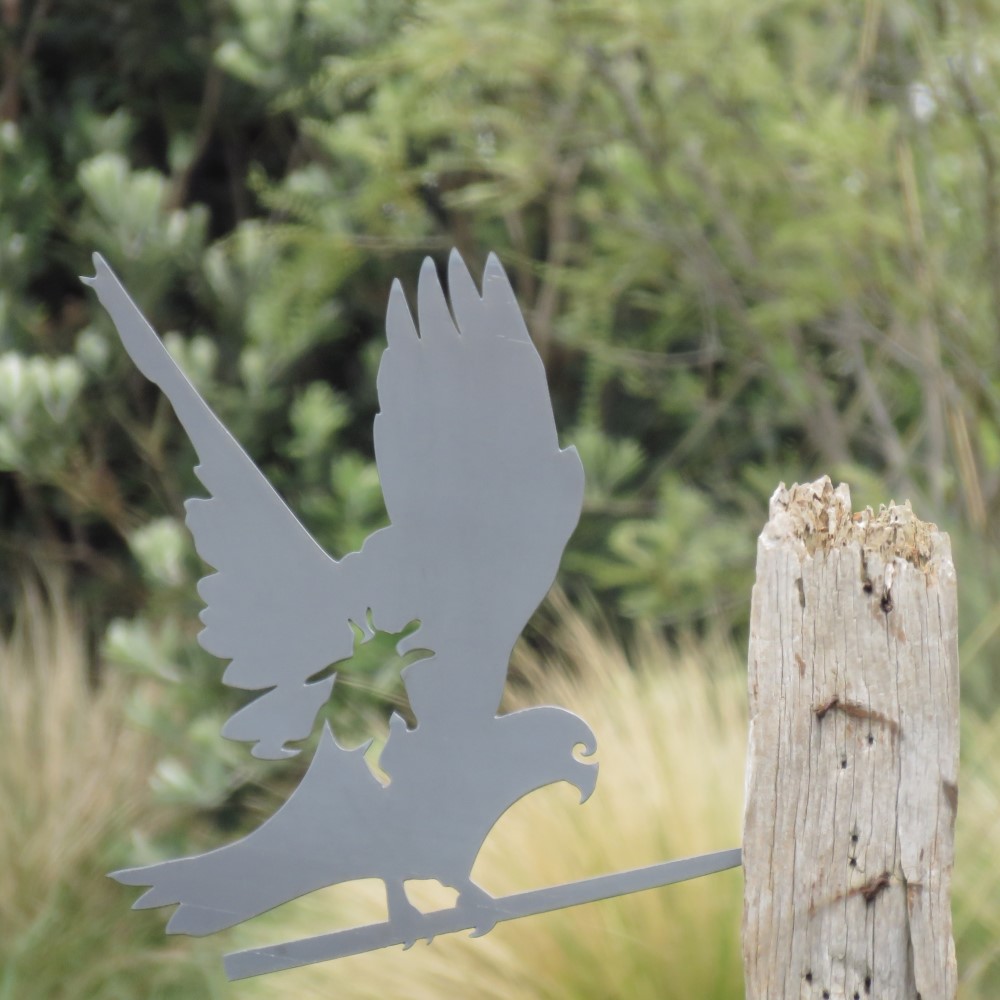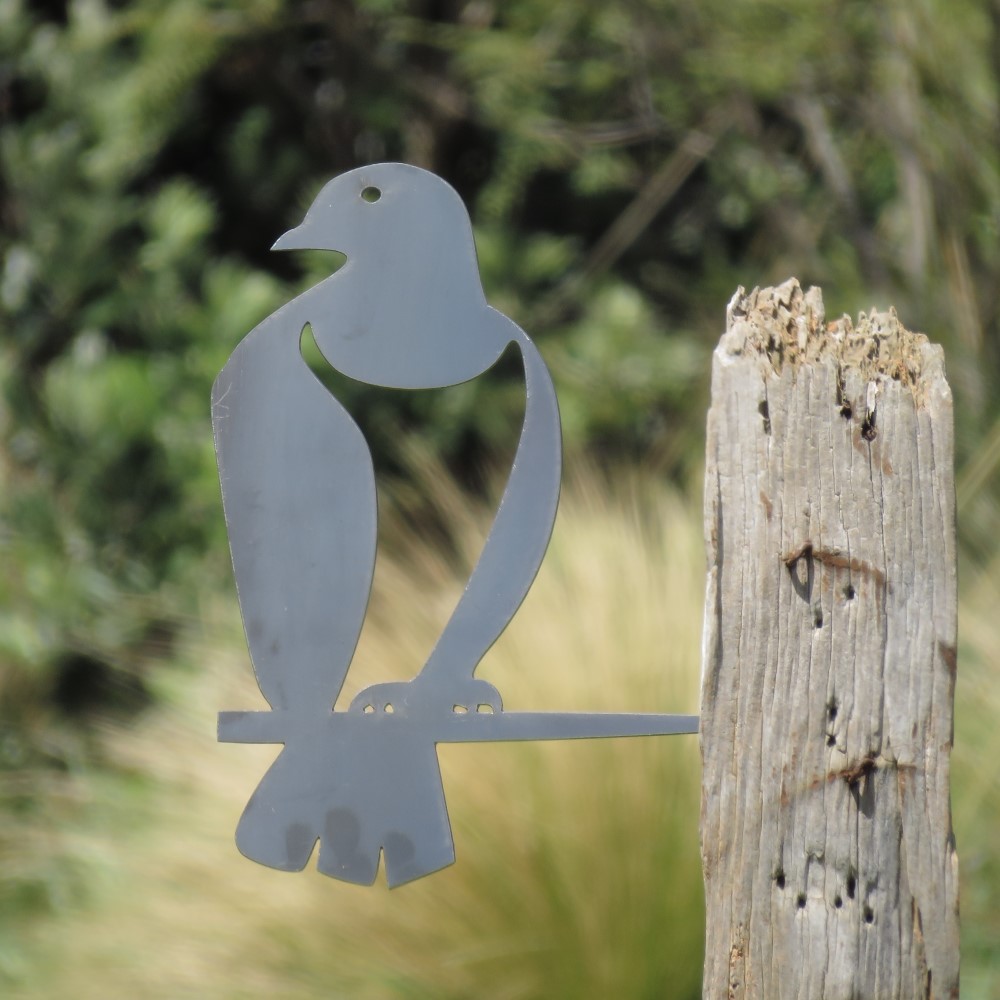The ruru is New Zealand’s only surviving native owl. Their ‘more-pork’ call is well known across the country, at night in both forested and urban park areas. They are however uncommon in the drier, open eastern South Island.
Ruru feed mainly on insects, particularly moths, but will also feed on small birds and mammals – hunting all of these at night. They breed in spring-summer, making a nest in a dark, hidden spot. Here the females will incubate the eggs, and both adults will feed the young, until they fledge when they are around 7 weeks old.
Although relatively common, morepork are still prone to predation, particularly when nesting. Studies have found that this can lead to a bias towards males in a population.
You can always have a morepork in your garden with a Blazen.Metal morepork bang’n bird – choose from traditional, koru or moth inlay. 25% off for the month of December.
Bibliography
Seaton, R.; Hyde, N. 2013 [updated 2020]. Morepork. In Miskelly, C.M. (ed.) New Zealand Birds Online. www.nzbirdsonline.org.nz











